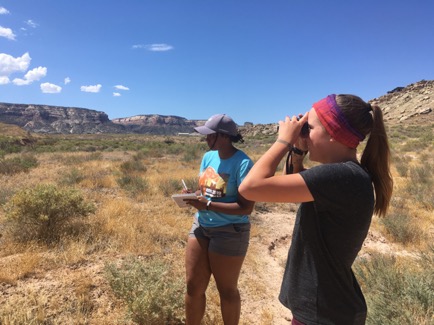
Estimating the population sizes of animals is a key skill for any student interested in ecology, conservation, or management. However, counting animals in natural habitats is difficult, and the many techniques that exist each rely on assumptions that can bias results. Most wildlife courses teach one or two of these methods, but rarely are students given an opportunity to compare approaches and explore how underlying assumptions affect the accuracy of estimates. Here, we describe a hands-on activity in which students estimate the size of a single population of animals using multiple methods: strip censuses, scat counts, and camera traps. They then compare the estimates and evaluate how the assumptions of each model (e.g., random use of habitats and animal behavior) bias the results. Finally, students submit their data to a national database that aggregates observations across multiple institutions as part of Squirrel-Net (http://squirrel-net.org). They can then analyze the national dataset, permitting exploration of these questions across a broader variety of habitats and species than would be possible at any single institution. Extensions of this activity guide students to enumerate the advantages and disadvantages of each method in different contexts and to select the most appropriate method for a given scenario. This activity and the database focus on estimating population sizes of squirrels, which are diurnal, charismatic, easily identified, and present in a wide range of habitats (including many campuses), but the same methods could be broadly used for other terrestrial species, including birds, amphibians, reptiles, or invertebrates.
Primary image: Students estimate the population density of small mammals in a natural area near Grand Junction, CO.
Additional Squirrel-Net Articles: